当前位置:
X-MOL 学术
›
Environ. Sci. Technol.
›
论文详情
Our official English website, www.x-mol.net, welcomes your
feedback! (Note: you will need to create a separate account there.)
Machine Learning-Assisted “Shrink-Restricted” SERS Strategy for Classification of Environmental Nanoplastic-Induced Cell Death
Environmental Science & Technology ( IF 10.8 ) Pub Date : 2024-12-13 , DOI: 10.1021/acs.est.4c05590
Ruili Li, Xiaotong Sun, Yuyang Hu, Shenghong Liu, Shuting Huang, Zhipeng Zhang, Kecen Chen, Qi Liu, Xiaoqing Chen
Environmental Science & Technology ( IF 10.8 ) Pub Date : 2024-12-13 , DOI: 10.1021/acs.est.4c05590
Ruili Li, Xiaotong Sun, Yuyang Hu, Shenghong Liu, Shuting Huang, Zhipeng Zhang, Kecen Chen, Qi Liu, Xiaoqing Chen
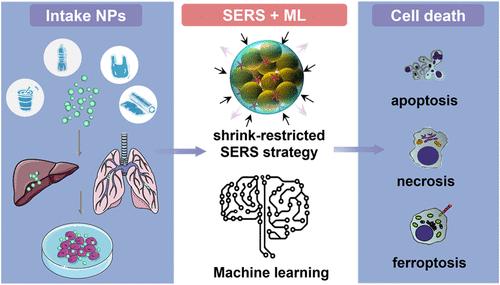
|
The biotoxicity of nanoplastics (NPs), especially from environmental sources, and “NPs carrier effect” are in the early stages of research. This study presents a machine learning-assisted “shrink-restricted” SERS strategy (SRSS) to monitor molecular changes in the cellular secretome exposure to six types of NPs. Utilizing three-dimensional (3D) Ag@hydrogel-based SRSS, active targeting of molecules within adjustable nanogaps was achieved to track information. Machine learning was employed to analyze the overall spectral profiles, biochemical signatures, and time-dependent changes. Results indicate that environmentally derived NPs exhibited higher toxicity to BEAS-2B and L02 cells. Notably, the “NPs carrier effect,” resulting from pollutant adsorption, proved to be more harmful. This effect altered the death pathway of BEAS-2B cells from a combination of apoptosis and ferroptosis to primarily ferroptosis. Furthermore, L02 cells demonstrated greater metabolic vulnerability to NPs exposure than that of BEAS-2B cells, especially concerning the “NPs carrier effect.” Traditional detection methods for cell death often rely on end point assays, which limit temporal resolution and focus on single or multiple markers. In contrast, our study pioneers a machine learning-assisted SERS approach for monitoring overall metabolic levels post-NPs exposure at both cellular and molecular levels. This endeavor has significantly advanced our understanding of the risks associated with plastic pollution.
中文翻译:

机器学习辅助的“收缩限制”SERS 策略用于环境纳米塑料诱导的细胞死亡分类
纳米塑料 (NPs) 的生物毒性,尤其是来自环境来源的生物毒性,以及“NPs 载体效应”处于研究的早期阶段。本研究提出了一种机器学习辅助的“收缩限制”SERS 策略 (SRSS),用于监测细胞分泌蛋白组暴露于六种类型 NP 的分子变化。利用基于三维 (3D) Ag@hydrogel的 SRSS,实现了可调节纳米间隙内分子的主动靶向以跟踪信息。采用机器学习来分析整体光谱图、生化特征和时间依赖性变化。结果表明,环境来源的 NPs 对 BEAS-2B 和 L02 细胞表现出更高的毒性。值得注意的是,由污染物吸附产生的“NPs 载体效应”被证明更有害。这种效应改变了 BEAS-2B 细胞的死亡途径,从细胞凋亡和铁死亡的组合转变为主要的铁死亡。此外,L02 细胞比 BEAS-2B 细胞表现出更大的代谢易感性 NPs 暴露,尤其是在“NPs 载体效应”方面。传统的细胞死亡检测方法通常依赖于终点检测,这限制了时间分辨率并专注于单个或多个标志物。相比之下,我们的研究开创了一种机器学习辅助的 SERS 方法,用于监测 NPs 暴露后在细胞和分子水平上的整体代谢水平。这项努力极大地促进了我们对塑料污染相关风险的理解。
更新日期:2024-12-13
中文翻译:

机器学习辅助的“收缩限制”SERS 策略用于环境纳米塑料诱导的细胞死亡分类
纳米塑料 (NPs) 的生物毒性,尤其是来自环境来源的生物毒性,以及“NPs 载体效应”处于研究的早期阶段。本研究提出了一种机器学习辅助的“收缩限制”SERS 策略 (SRSS),用于监测细胞分泌蛋白组暴露于六种类型 NP 的分子变化。利用基于三维 (3D) Ag@hydrogel的 SRSS,实现了可调节纳米间隙内分子的主动靶向以跟踪信息。采用机器学习来分析整体光谱图、生化特征和时间依赖性变化。结果表明,环境来源的 NPs 对 BEAS-2B 和 L02 细胞表现出更高的毒性。值得注意的是,由污染物吸附产生的“NPs 载体效应”被证明更有害。这种效应改变了 BEAS-2B 细胞的死亡途径,从细胞凋亡和铁死亡的组合转变为主要的铁死亡。此外,L02 细胞比 BEAS-2B 细胞表现出更大的代谢易感性 NPs 暴露,尤其是在“NPs 载体效应”方面。传统的细胞死亡检测方法通常依赖于终点检测,这限制了时间分辨率并专注于单个或多个标志物。相比之下,我们的研究开创了一种机器学习辅助的 SERS 方法,用于监测 NPs 暴露后在细胞和分子水平上的整体代谢水平。这项努力极大地促进了我们对塑料污染相关风险的理解。

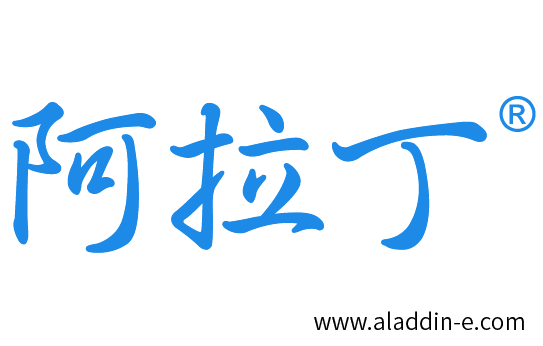
















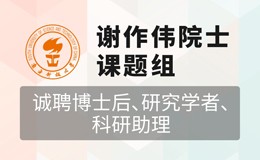
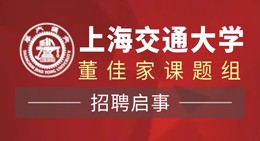
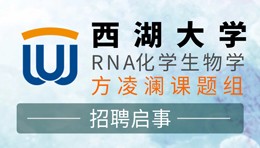
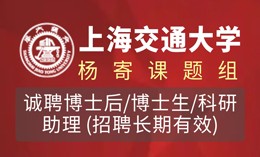

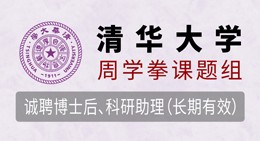
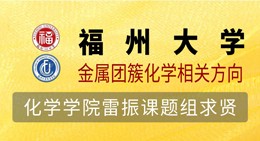

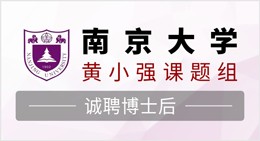
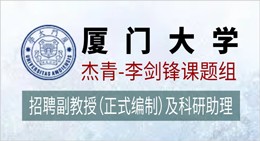



 京公网安备 11010802027423号
京公网安备 11010802027423号